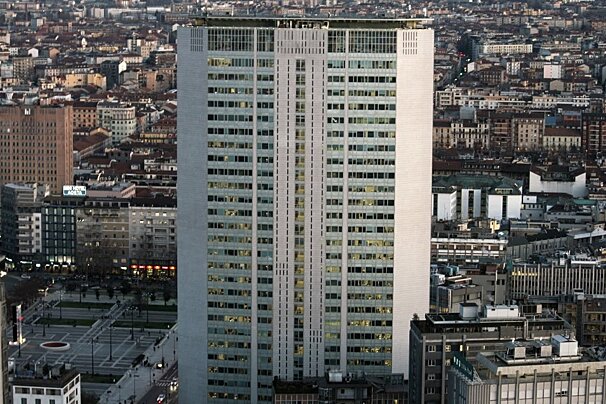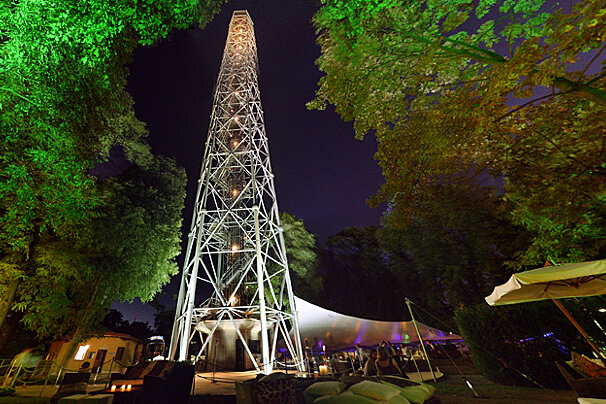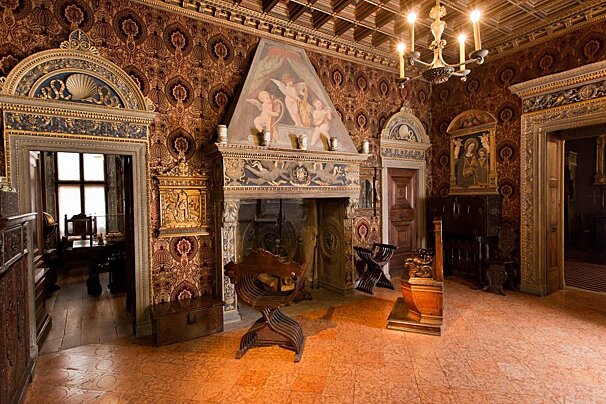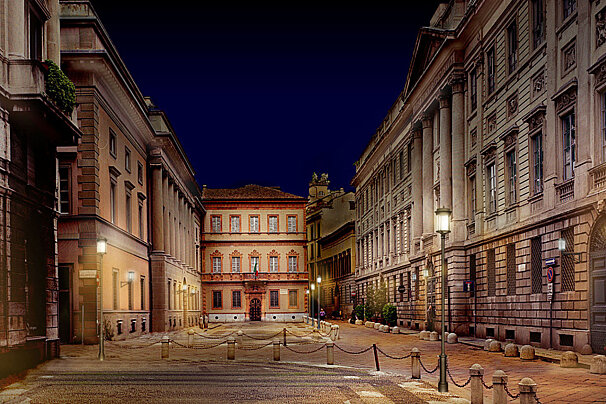
Cimitero Monumentale (Monumental Cemetery), Northeast Milan
Carlo Maciachini built the Monumental Cemetery between 1863 and 1866. The 250,000 m2 cemetery grounds are home to an eclectic assortment of memorial headstones, sculptures and monuments.
Discover and book the top Milan sights

Carlo Maciachini built the Monumental Cemetery between 1863 and 1866. The 250,000 m2 cemetery grounds are home to an eclectic assortment of memorial headstones, sculptures and monuments.

The Big Pirelli or 'Pirellone', as the tower is affectionately known by locals is, with its tapered sides, a feat of architectural prowess. In the 1950s, the 32-floor tower became Italy's first skyscraper and is still one of the tallest in the country.

The Torre Branca (named after the liquor company that restored it in 2002) offers visitors a panoramic view point in the city. At 108.6 metres, the iron tower is the fourth highest structure in Milan, located in the city's most expansive park, Parco Sempione.

A private foundation, set up by the Bagatti Valsecchi heirs, to open the family's late 19th-century residence and collections of artworks to the public.

Built at the request of empress Maria Theresa of Austria as a summer residence for her son Ferdinand, this royal palace was designed to imitate Lombard villas. The palace and its extensive gardens are now part of Monza Park.

Husband and wife Antonio and Marieda Boschi Di Stefano collected over two thousand works of contemporary art. About three hundred of these have been selected for their quality and distributed in chronological order in the ten exhibition areas of the Boschi Di Stefano Museum-Home.

Alessandro Mazoni, the famous literate and author of "I Promessi Sposi" or "The Betrothed", lived in this house from 1814 until 1873. It has been restored to show how it must have been when Manzoni died in 1873.

The Milan Conservatory, named after Verdi though his application to study there was famously rejected, is Milan's most celebrated music college. Since 1808, it has been educating Milan's important, up and coming musicians.

With 688 hectares, Monza Park is Europe's fourth largest enclosed park. Located on the north of the city, the park includes some of Monza's most important sights such as the Royal Palace and the famous Formula 1 circuit.

The building of the Ospedale Maggiore, commonly known as Ca' Granda, was ordered by Francesco Sforza in the 15th to bring Milan's thirty hospitals into one place. The vast construction was designed by Tuscan architect Filarete, known for his work on the Castello Sforzesco and the cathedral.

Parco Sempione, the largest park in Milan, with a total area of 47 hectares, is located just north of the city centre. It was established in the early 1800s to cater for Milan's French ruler's interest in hunting.

'Arengario' derives from the Latin arengarius which means 'gathering place'. Situated very close to the cathedral, its presence symbolised the continuous fight for power among the religious and civil forces of Monza.